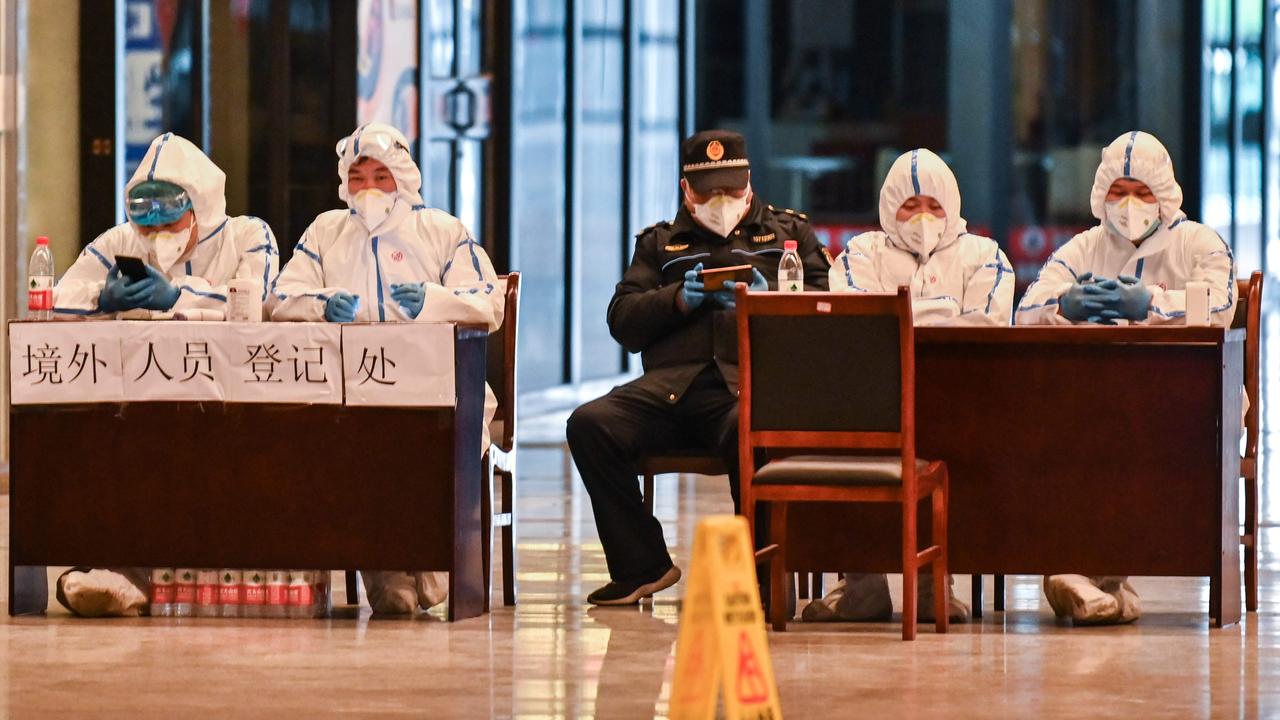Photos of urns raise questions about China’s virus death tally
Photos are circulating on local media outlets showing vast numbers of urns at Wuhan funeral homes countering China’s official death rates.
Massive deliveries of urns in Wuhan have raised fresh scepticism of China’s coronavirus reporting.
As families in the central Chinese city began picking up the cremated ashes of those who have died from the virus this week, photos began circulating on social media and local media outlets showing vast numbers of urns at Wuhan funeral homes, the New York Post reports.
China has reported 3,299 coronavirus-related deaths, with most taking place in Wuhan, the epicentre of the global pandemic. But one funeral home received two shipments of 5,000 urns over the course of two days, according to the Chinese media outlet Caixin.
RELATED: Follow the latest coronavirus updates
It’s not clear how many of the urns were filled.
Workers at several funeral parlours declined to provide any details to Bloomberg as to how many urns were waiting to be collected, saying they either did not know or were not authorised to share the number.
Wuhan reported only about 2,500 #coronavirus deaths, but 5,000 urns were delivered to one mortuary over just 2 days. “Wuhan has seven other mortuaries.†https://t.co/32sIwcJYRq @shanghaiist
— Josh Rogin (@joshrogin) March 27, 2020
The photos surfaced after both the United States and Italy have reported significantly more cases and than China. Italy has reported just shy of three times the fatalities.
China has moved to lift the two-month lockdown on Wuhan after officials predicted a forthcoming “victory” against the virus earlier in the month.

President Trump on Friday said he spoke with his Chinese counterpart Xi Jinping and that he hoped the two countries will share information about the virus to better combat its spread in the US.
“China has been through much & has developed a strong understanding of the Virus. We are working closely together. Much respect!” Trump tweeted Friday.
This article originally appeared in the New York Post and is republished here with permission.



